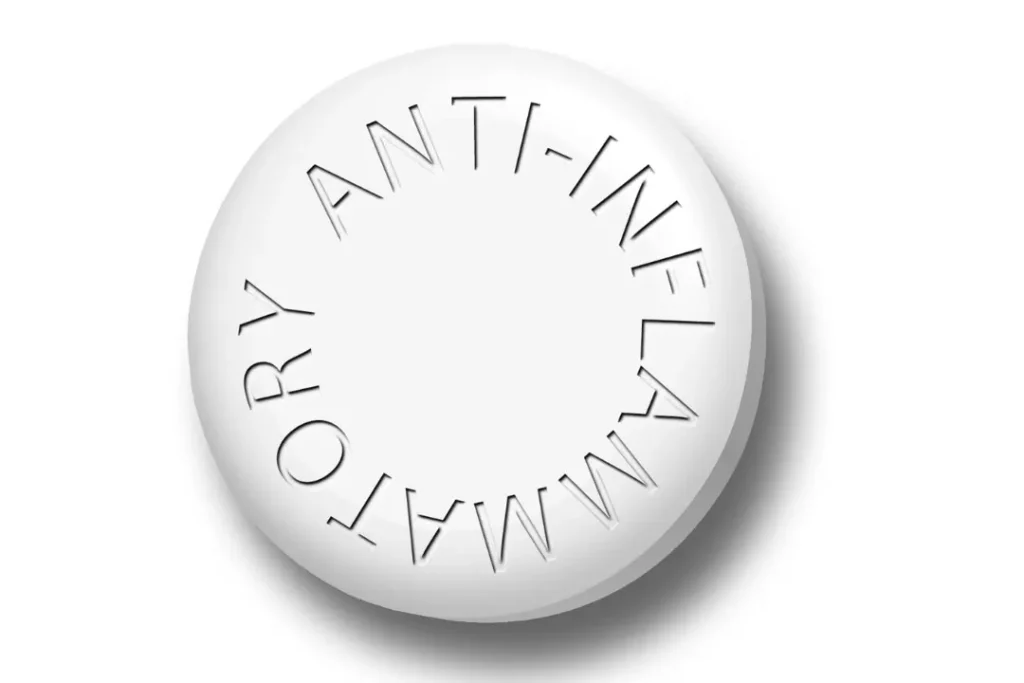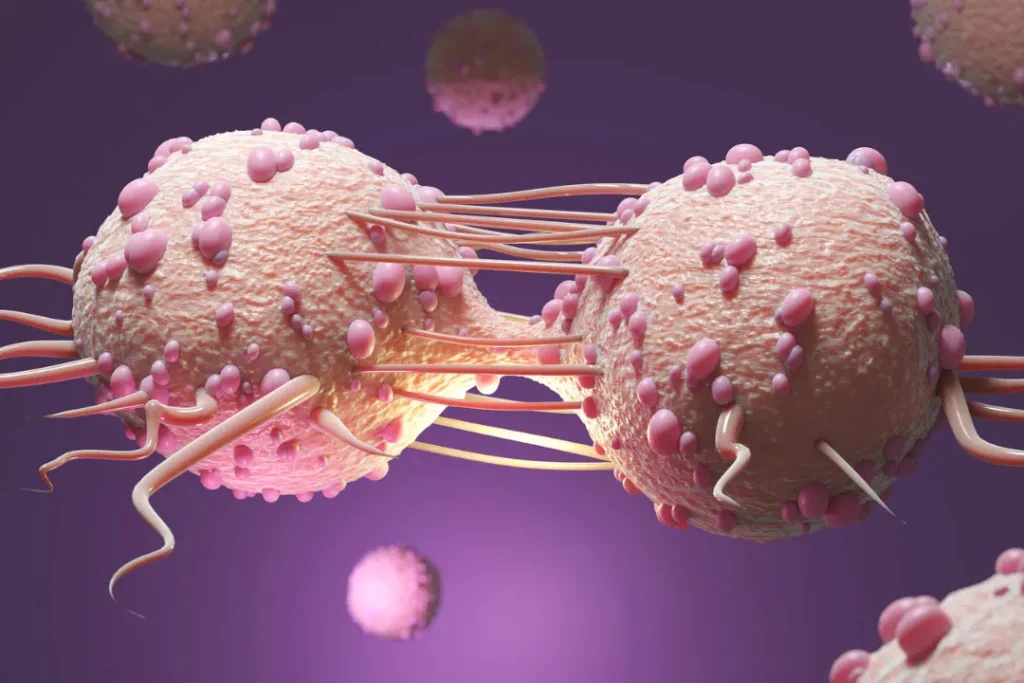Calendula officinalis, sometimes referred to as pot marigold, is a colorful herbaceous plant valued for its therapeutic benefits in both traditional and modern medicine. Numerous studies have been conducted and a growing body of data is emerging that supports the health benefits of the powerful bioactive components contained in calendula.
You May Also Like:
Reishi Spores: Powerful Ancient Medicine For The 21st Century
Cognitive Health Extra Strength Supplement vs Medicine Man Plant Co.’s The Brain Pill
Nutritional Profile & Nature of Calendula
The nutritional and bioactive content of the calendula plant is abundant. Among other phytochemicals, its chemical profile contains triterpenoids, polysaccharides, flavonoids, and carotenoids. Flavonoids with antioxidant characteristics, such quercetin and isorhamnetin, are essential in preventing oxidative stress, a major contributing cause to chronic illnesses. The plant’s vivid orange color is derived from carotenoids, which also serve as strong antioxidants and include lutein and beta-carotene.
The polysaccharides in the plant are also known to influence immunological response, and triterpenoids like faradiol and its esters have potent anti-inflammatory properties. The medicinal qualities of calendula are thought to be influenced by the synergistic action of these substances.

Health Benefits
Calendula has a wide range of well-established health advantages, from skin health and wound healing to a possible effects on cancer treatment. The plant’s ability to heal wounds is related to its polysaccharides, which encourage fibroblast and keratinocyte migration and proliferation, two processes necessary for wound healing and re-epithelialization. Calendula topical use has been shown in both in vitro and in vivo tests to greatly accelerate wound healing.
Calendula is renowned for its ability to ward off bacteria and inflammation. Triterpenoids found in the plant prevent nuclear factor-kappa B (NF-B), a protein complex that regulates DNA transcription and is connected to inflammatory and autoimmune illnesses, from being activated and producing pro-inflammatory cytokines. This trait may be useful in treating inflammatory skin disorders including dermatitis, ulcers, and other skin inflammations.
Recent studies indicate calendula may have useful anticancer effects. Studies show that its flavonoids may cause cancer cells to self-destruct, slowing the development of tumors. To understand its function in cancer management completely, further study is necessary.

Chemistry of Calendula Officinalis
The numerous bioactive substances that Calendula officinalis consists of grant the plant its therapeutic benefits. Flavonoids, triterpenoids, polysaccharides, and carotenoids are among its chemical constituents. Strong antioxidants called flavonoids scavenge free radicals, reducing oxidative stress. Quercetin and isorhamnetin are two of the most noticeable flavonoids found in calendula, which are known to aid in weight-regulation and cancer inhibition.
Another essential part of calendula is the terpenoids, such as faradiol and its esters. They are identified as the main chemicals in the plant that give it its anti-inflammatory properties.
Calendula contains polysaccharides, which aid in its ability to heal wounds and modulate the immune system. They promote immunological response and support cellular communication, stimulating rapid recovery. Lutein and beta-carotene are two prominent carotenoids that give the plant its striking orange hue while also containing powerful antioxidant capabilities.

Physiological Mechanisms of Action
The bioactive components in calendula work via a variety of physiological processes to produce their benefits. Calendula’s polysaccharides are mostly responsible for its wound-healing abilities. They promote fibroblast and keratinocyte migration and proliferation, two cell types necessary for wound healing and re-epithelialization. Calendula users will benefit from faster tissue regeneration and wound healing as a result from this.
The plant’s triterpenoids are principally responsible for its anti-inflammatory properties. These substances prevent the synthesis of cytokines that promote inflammation as well as the activation of nuclear factor-kappa B (NF-B), a protein complex that regulates DNA transcription and is essential for the development of both immunological and inflammatory responses. Calendula may help alleviate the symptoms of different inflammatory disorders by lowering inflammation by suppressing NF-B.
In laboratory tests, the flavonoids in calendula, including quercetin and isorhamnetin, were shown to have cytotoxic effects on cancer cells. They cause cancer cells to undergo apoptosis (programmed cell death), prevent angiogenesis (the creation of new blood arteries that feed tumors), and prevent tumor growth.
In conclusion, the synergistic action of Calendula officinalis’ bioactive substances is responsible for the plant’s physiological benefits. Further study is necessary since there is still much to learn about the processes behind its therapeutic qualities.

Optimal Dosage
Depending on the method of administration and the particular ailment being treated, different Calendula dosages are best. Creams and ointments with 2-5% calendula are often used topically. It is safe and common practice to take 1-2 grams of dried calendula petals steeped in boiling water three times each day as a tea. Many health professionals recommend 2-4 cc of tincture three times each day. Individual dose, however, may vary based on factors such as age, general health, and the existence of other medical disorders. It is always advised to see a qualified healthcare provider before beginning a new supplement regimen.
Side Effects
Calendula generally has minimal documented negative effects and is well tolerated. But allergic responses may happen, particularly in those who are sensitive to Asteraceae/Compositae species including ragweed, daisies, and chrysanthemums. Skin rash, itching, shortness of breath, and, in more severe situations, anaphylaxis, may all be symptoms.
In terms of interactions, using calendula alongside sedatives or drugs that depress the central nervous system may make you feel sleepy. Additionally, because of its possible blood pressure effects, it may interact with antihypertensive medications, requiring dose modification. Any possible supplement usage must be discussed with a healthcare professional, especially for those who are on medication or have a chronic health condition.

Potential Interactions
Calendula may interact with certain drugs, as it does with many herbal products. Central nervous system (CNS) depressants or sedative drugs are one interaction to look out for. Combining calendula with other CNS depressants may result in excessive tiredness or drowsiness since calendula has a sedative effect. These drugs include zolpidem, phenobarbital, clonazepam, and lorazepam, among others.
Antihypertensive medications and interactions are another possibility. Calendula may drop blood pressure, which may possibly increase the effectiveness of blood pressure medications and cause hypotension. As a result, those using hypertension medications should keep a careful eye on their blood pressure while include calendula in their routine.
Additionally, calendula may interact with anticoagulant or antiplatelet medications because to its possible effect on blood coagulation, which may raise the risk of bleeding. These medications include warfarin, clopidogrel, and aspirin.
Before beginning any new supplement, it is crucial to seek medical advice from a trusted health provider, particularly for those who are on medication or have a chronic health condition.
Best Responsible Use of Calendula
Understanding the proper dose, possible adverse effects, and interaction entails using calendula responsibly. The best dose depends on the kind of calendula being used, the ailment being treated, and the person’s general state of health.
Most people may safely use calendula topically, but it’s important to do a patch test beforehand to rule out any allergic responses. It is advised to start with a smaller dose for oral ingestion and progressively raise it if any negative effects are not seen. However, there are not enough studies on Calendula’s long-term oral usage, so care is suggested.
Due to a lack of safety information, pregnant and nursing women are recommended to avoid using calendula. Calendula should also not be consumed by anyone with allergies to plants in the Asteraceae/Compositae family to prevent any allergic reactions.
Last but not least, it is essential to buy calendula items from reliable suppliers that follow proper production procedures. This will guarantee the product’s excellent quality, purity, and accuracy of labeling.
The use of calendula should be undertaken carefully, with a clear awareness of its proper usage, possible adverse effects, and interactions, even if it has a number of health advantages. Before beginning any new supplement, always talk to your doctor, particularly if you’re on any medications or have a chronic health problem.
Calendula:
Conclusion
Calendula is commonly used in soothing skincare products and is a globally regarded herb that has been used for healing purposes for centuries. Using calendula creams to placate skin irritation and consuming the plant via tea can eliminate harmful bacteria and keep you healthy in the long run. As with any supplement or topical ointment, seek medical advice for accurate dosage information and further details as to how to use calendula in the most effective manner.
References:
- “A systematic review of Calendula officinalis extract for wound healing” Retrieved from: https://pubmed.ncbi.nlm.nih.gov/31145533/
- “Anti-inflammatory, Antitumor-promoting, and Cytotoxic Activities of Constituents of Pot Marigold (Calendula officinalis) Flowers.” Retrieved from: https://pubs.acs.org/doi/abs/10.1021/np50050a004
- “Triterpenoids from Calendula officinalis flowers.” Retrieved from: https://pubmed.ncbi.nlm.nih.gov/12203263/
Important Note: The information contained in this article is for general informational purposes only, and should not be construed as health or medical advice, nor is it intended to diagnose, prevent, treat, or cure any disease or health condition. Before embarking on any diet, fitness regimen, or program of nutritional supplementation, it is advisable to consult your healthcare professional in order to determine its safety and probable efficacy in terms of your individual state of health.
Regarding Nutritional Supplements Or Other Non-Prescription Health Products: If any nutritional supplements or other non-prescription health products are mentioned in the foregoing article, any claims or statements made about them have not been evaluated by the U.S. Food and Drug Administration, and such nutritional supplements or other health products are not intended to diagnose, treat, cure, or prevent any disease.


